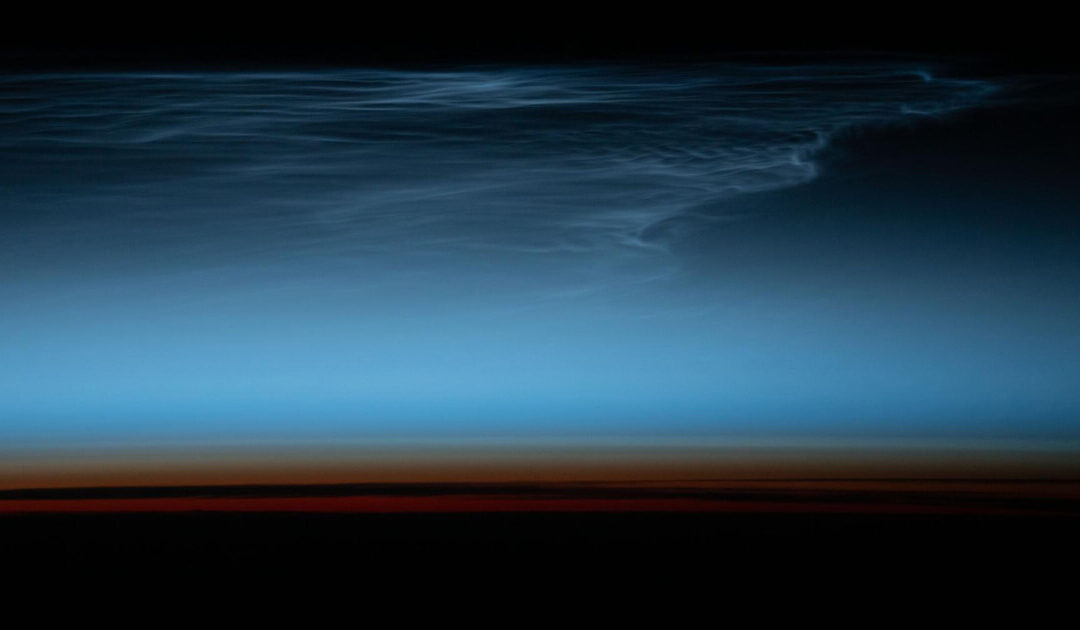Summer is the season to spot rare and luminescent Noctilucent Clouds. From May to early August, these ethereal clouds show their best displays thirty minutes after sunset or before sunrise.
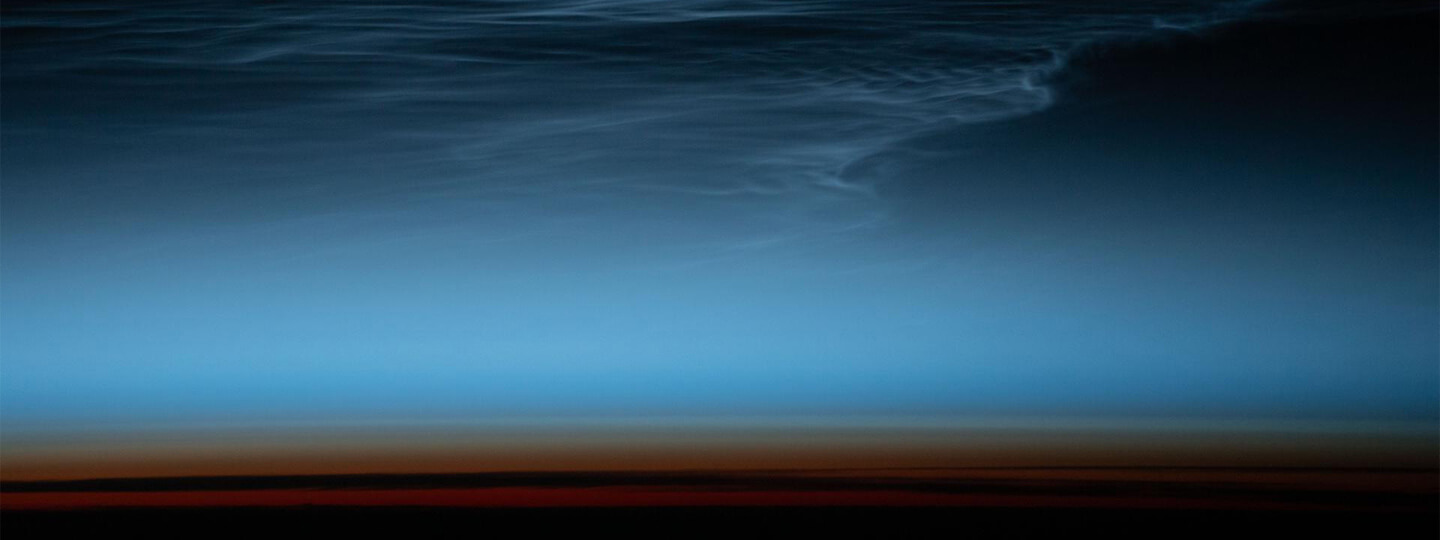
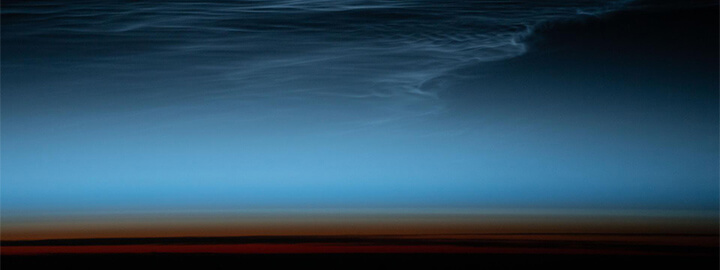
Noctilucent clouds: wispy clouds in Earth's upper atmosphere illuminated by the sunlight just after sunset.
Credit: JSC
Stargazing: Noctilucent Clouds
July 1, 2025
Julie Silverman, Carnegie Science CenterSummer is the season to spot rare and luminescent Noctilucent Clouds. From May to early August, these ethereal clouds show their best displays thirty minutes after sunset or before sunrise.
Noctilucent translates from the Latin words “nocto,” meaning night, and “lucent,” meaning shining.
We are mid-season for the luminous tendrils of blue-silvery clouds that heighten in brightness as the brightest stars become visible. These are the highest of Earth’s clouds, forming 47 to 53 miles above the surface. They are also the least dense of clouds, wispier than Cirrus clouds, too thin to be seen in daytime. Only when the sun has dropped six degrees below the horizon is it dark enough for the tendrils to shine.
As with the mystery and majesty of the Northern Lights, atmospheric dynamics and nearness to the polar regions offer the best opportunities for sightings. Noctilucent clouds form in regions where the air is extremely dry and cold. At that great height, the air is coldest around the poles during summer. Warm air rises, expanding at high altitudes and cooling repeatedly in a process that can drop temperatures to -210 degrees Fahrenheit. Ice crystals latch onto dust particles and reflect angled sunlight in electric blue tints.
Once spotted every other year in the early 1900s, upticks in noctilucent cloud viewing have been linked to higher atmospheric methane levels and frequent rocket launches.
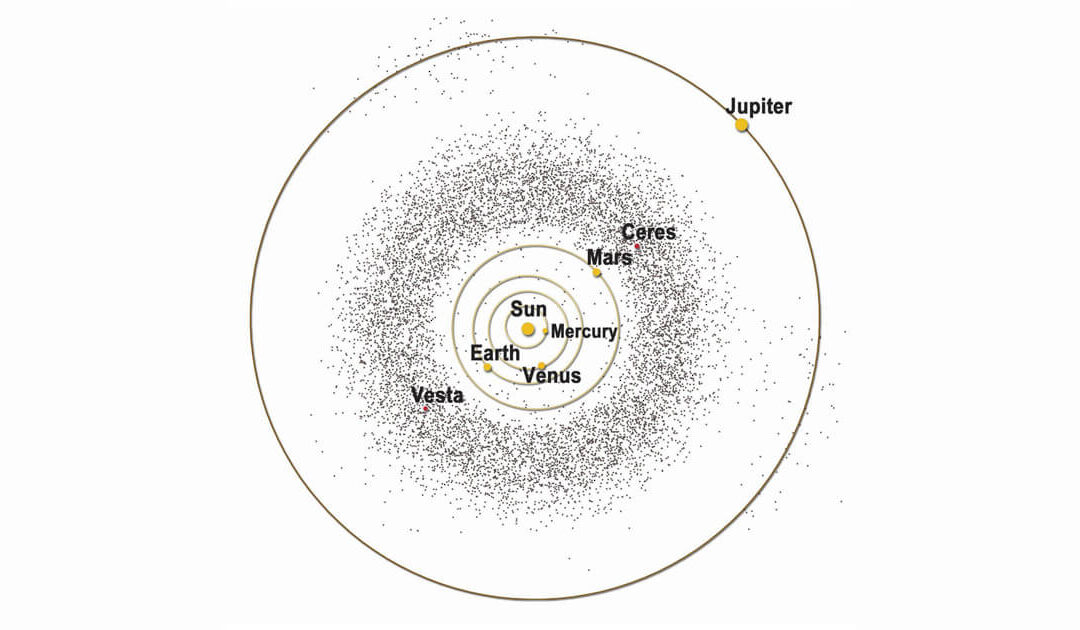
Stargazing: June 30 Asteroid Day – date of Siberian Tunguska Event; largest asteroid impact in recorded history
Pre-dawn hours of June 27 will bring peak opportunities to view June’s Bootid meteor shower. A thin crescent moon will enhance the chances of seeing meteors flash across the sky. Home > Blog ...

Stargazing: Solstice June 20– also, Moon-Saturn-Neptune close approach 5:45 a.m. June 18
Welcome summer! On Friday June 20 at 10:42 p.m. EDT, the sun will reach its northern-most point in the sky. Home > Blog Welcome...
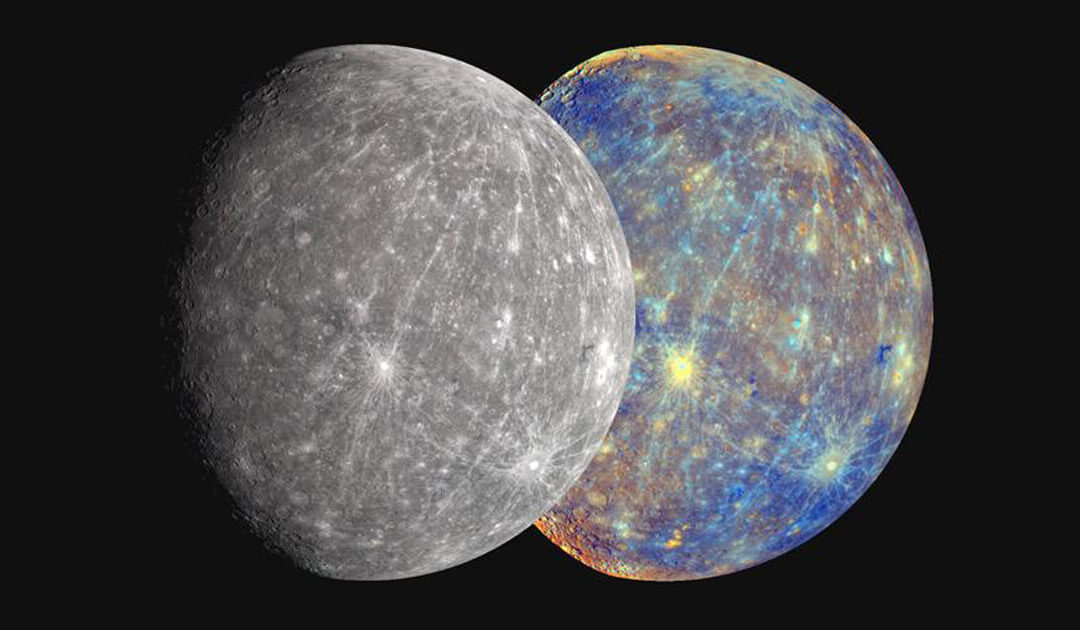
Stargazing: Mercury spotting from June 12-29
Mercury watchers will have several chances to view this elusive planet over the next two weeks. Since Mercury is the closest planet to the Sun, there is a small window in which it is visible. Home > Blog [acf...
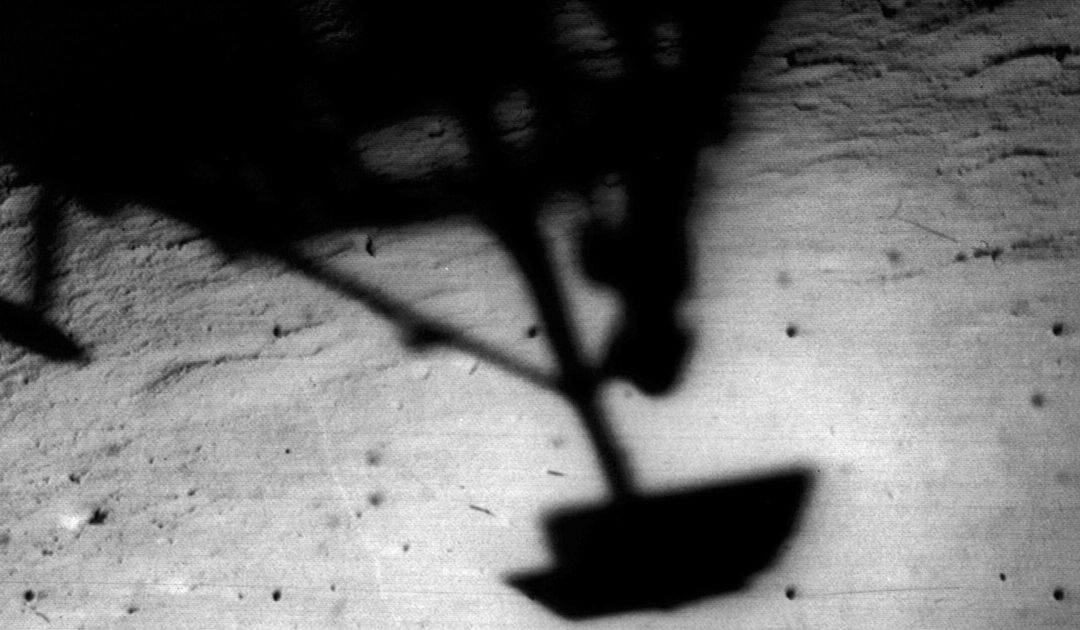
Stargazing: Surveyor 1 June 2 Moon landing 1966
On June 2, 1966, Surveyor 1 softly landed on the lunar surface, and NASA celebrated a significant success in the Space Race. Home > Blog ...
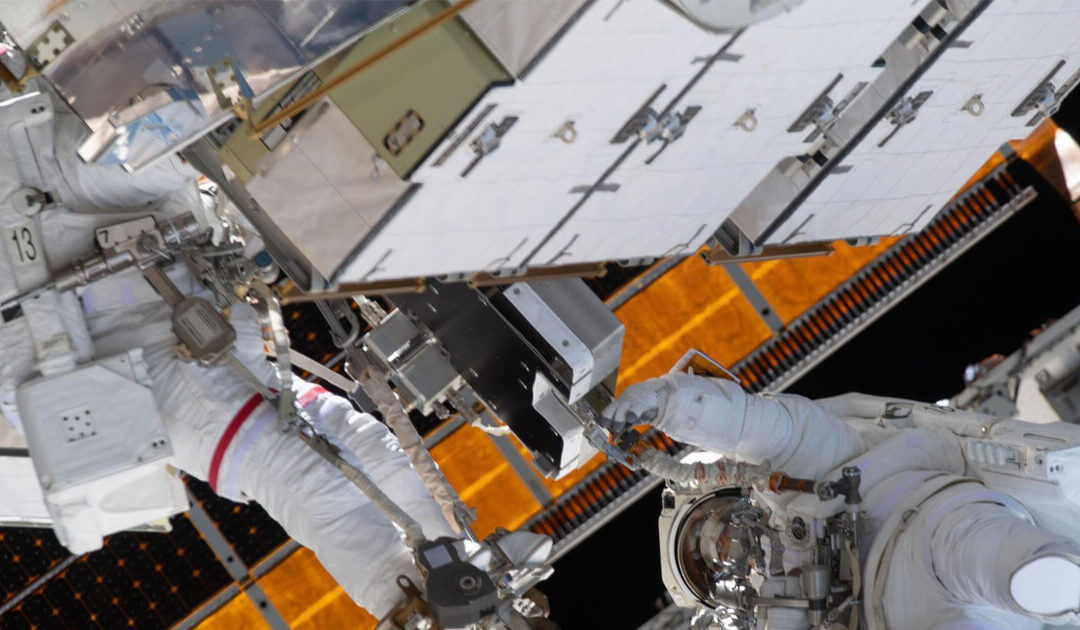
Stargazing: Ed White 1st American to walk in space/ISS’s first all-woman spacewalk
Sixty years ago, an American astronaut walked in space for the first time. At 3:45 pm on June 3, 1965, Ed White opened the hatch of the Gemini 4 mission and propelled himself into space. Home > Blog [acf...
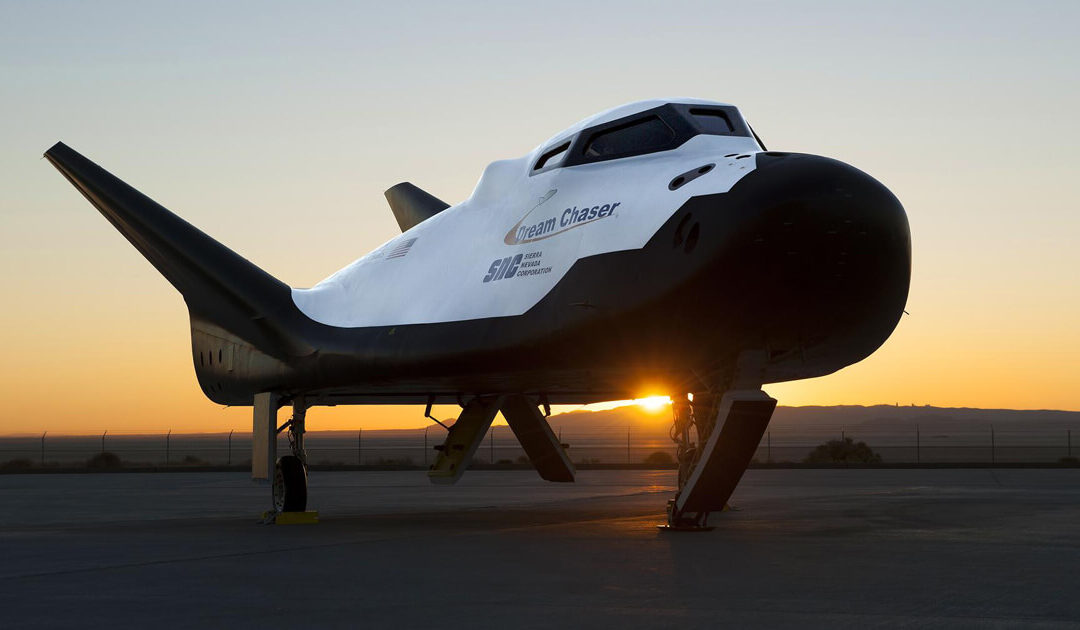
Stargazing: ULA Vulcan Centaur: Sierra Space Dream Chaser
A spaceflight first is poised to take place in May. Sierra Space Corporation, the private Colorado-based company, has been developing a reusable “spaceplane.” Home > Blog [sv...
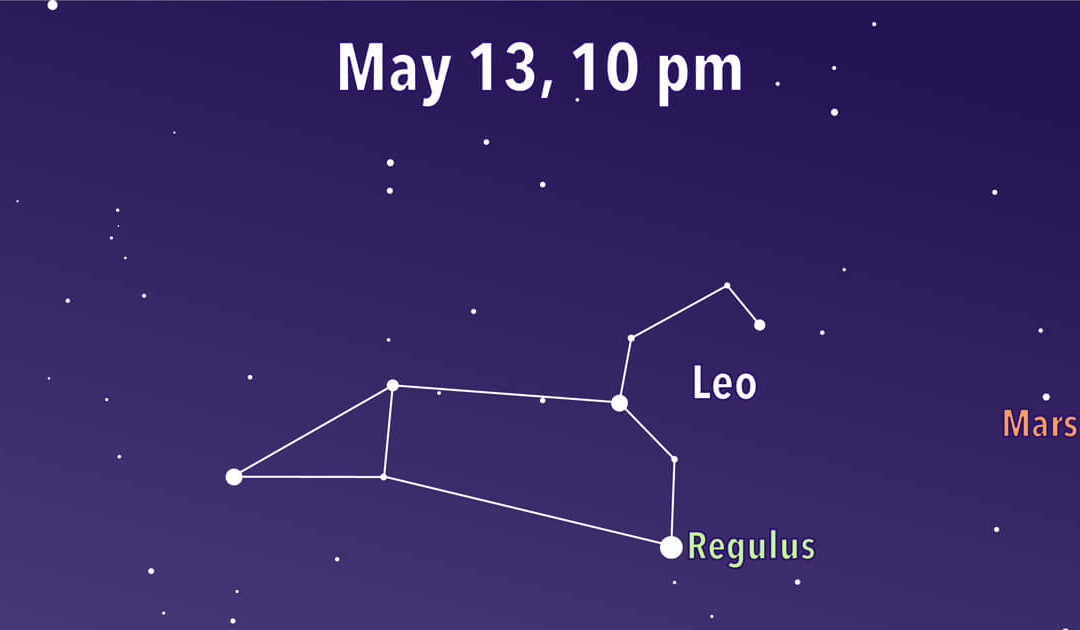
Stargazing: Leo the Lion still regal in the sky
Leo the Lion, the twelfth largest constellation, still regally rules the springtime heavens. It is easy to spot the distinctive backward question mark shape that creates the mane of Leo. A triangle of stars forms the hindquarters. Home > Blog [acf...
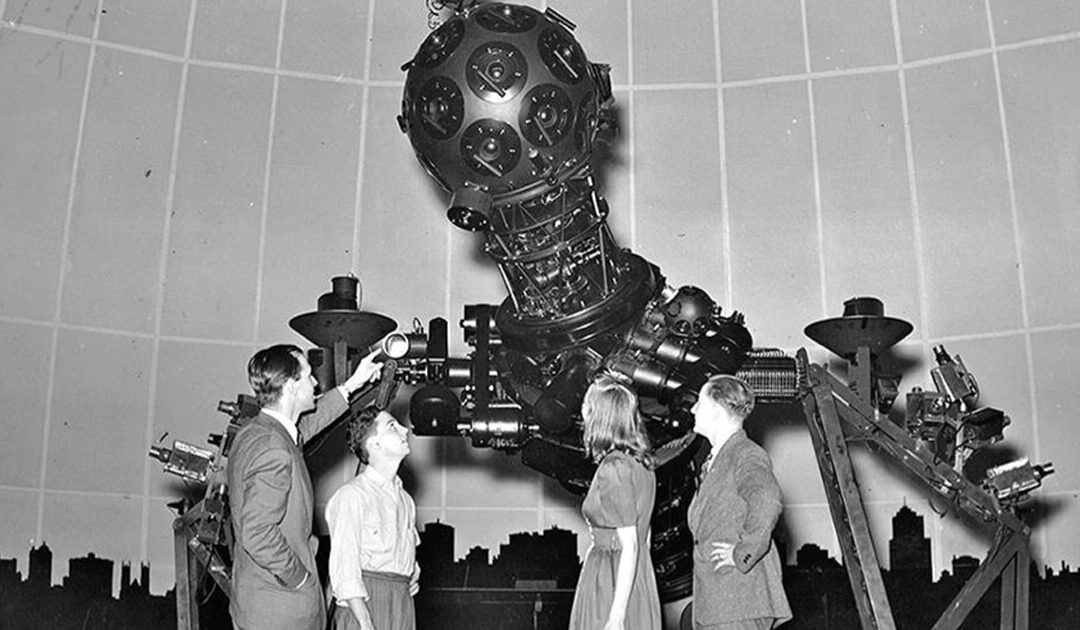
Stargazing: 100 years Planetariums/The beginning of Buhl to today
Pittsburgh's Carnegie Science Center holds the honor of hosting the fifth major Planetarium built in the United States. Home > Blog ...
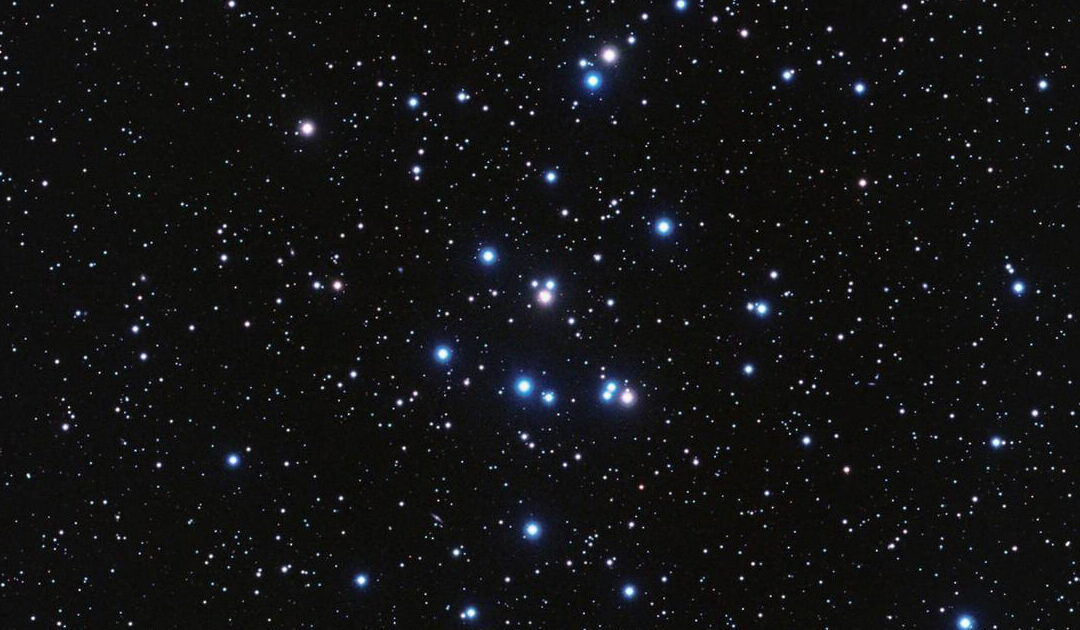
Stargazing: Mars and M44 – Beehive Cluster – close approach May 5
Mars has been dimming from our skies, but its rusty hue is still distinctive to spot. On May 5, a night with a waning gibbous moon, Mars will be in a picturesque conjunction with the open star cluster M44. Home > Blog April 29, 2025 [sv...
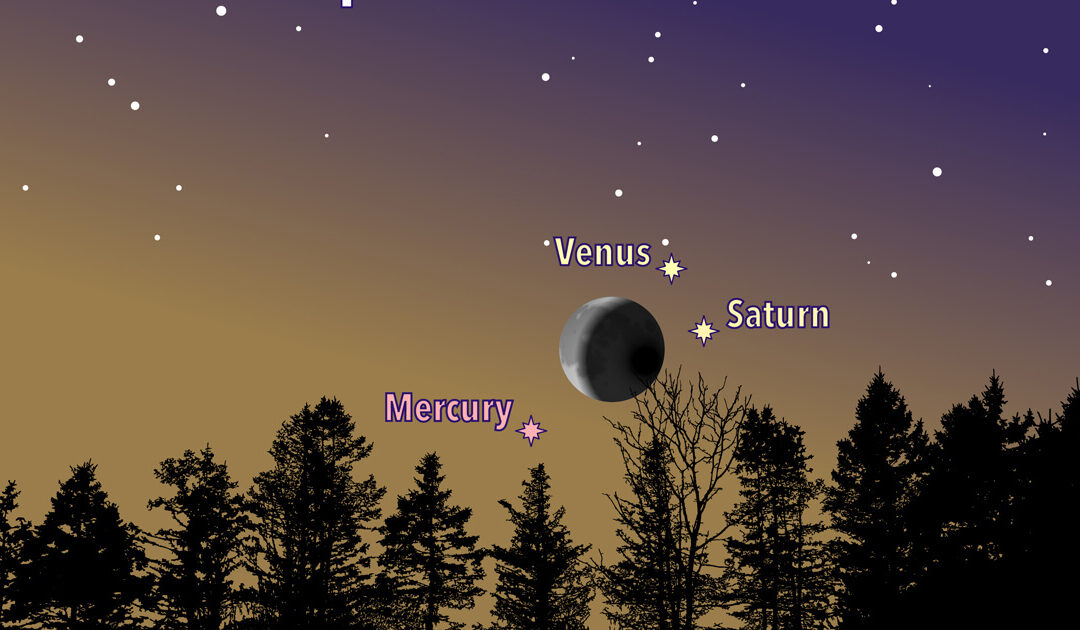
Stargazing: Conjunction Moon, Saturn Venus, Mercury and 55th Anniversary of Earth Day
Early morning skies are putting on a pretty show with Mercury and Saturn, very low to the horizon, visible below a gleaming Venus. On March 25, at 5:45 am, the planetary trio topped by Venus teams up with a waxing crescent moon until sunrise. Home > Blog April...


